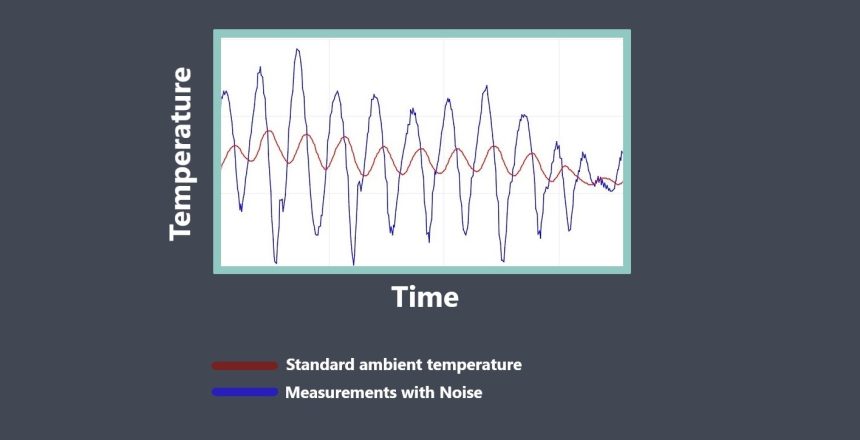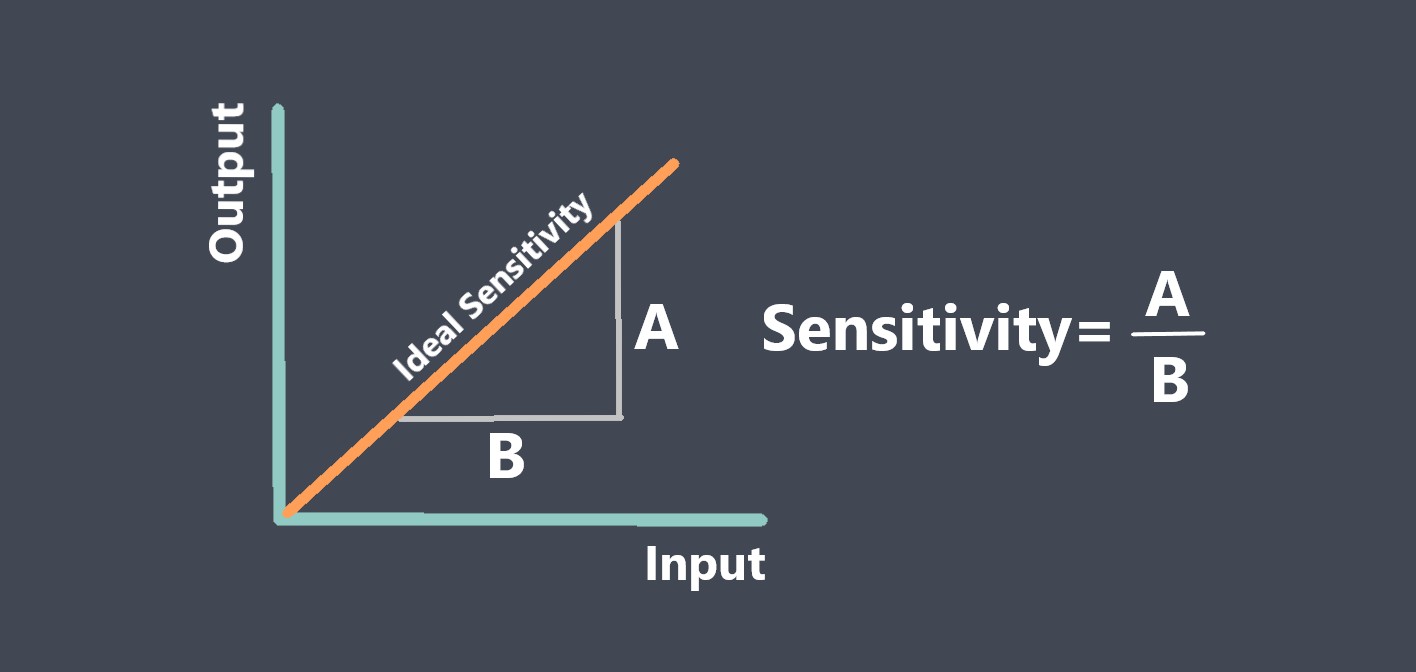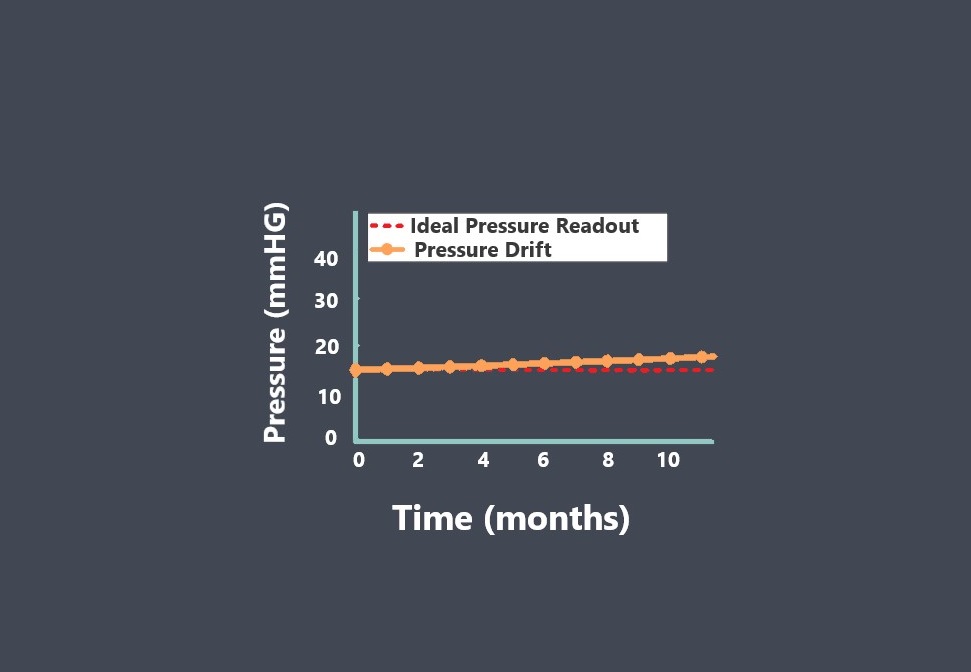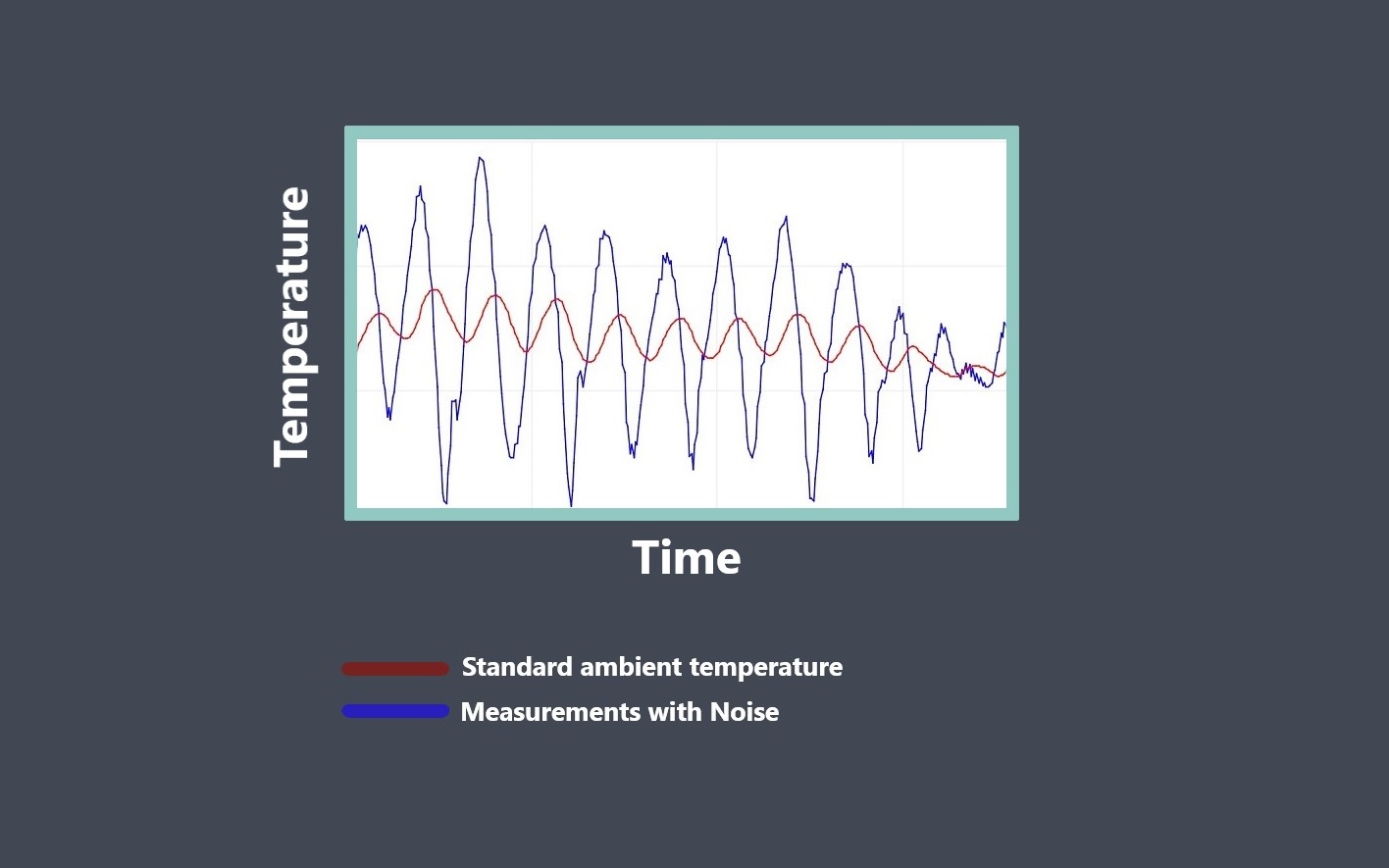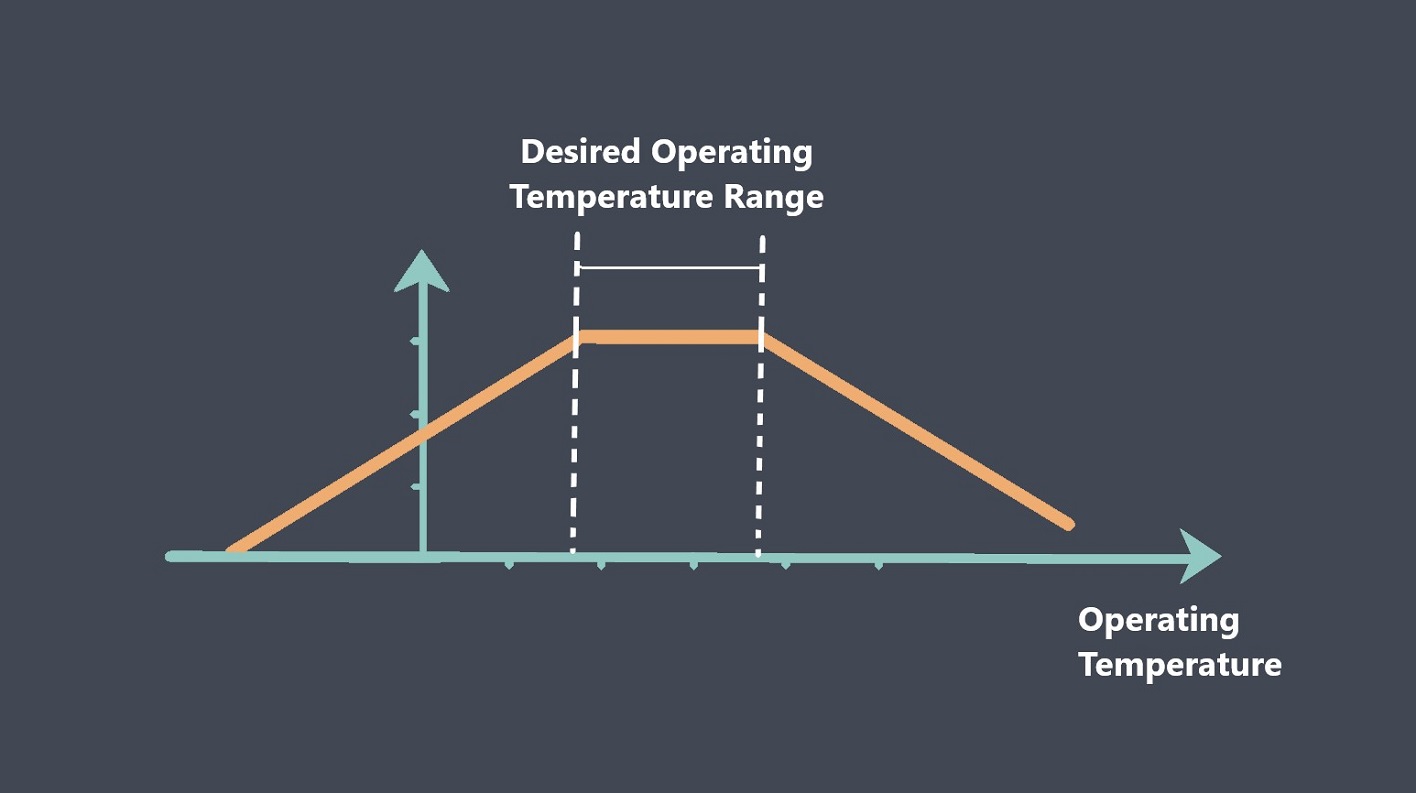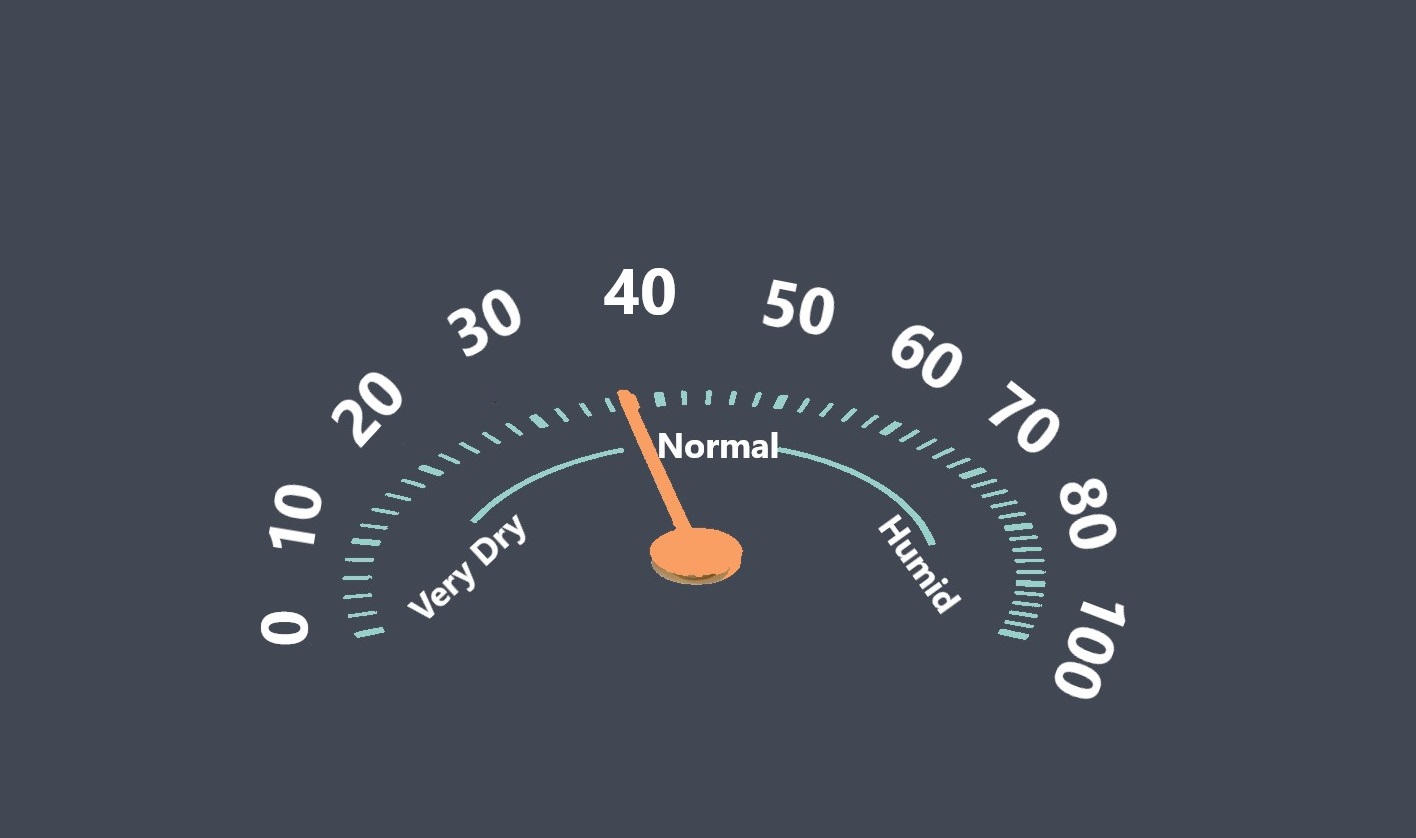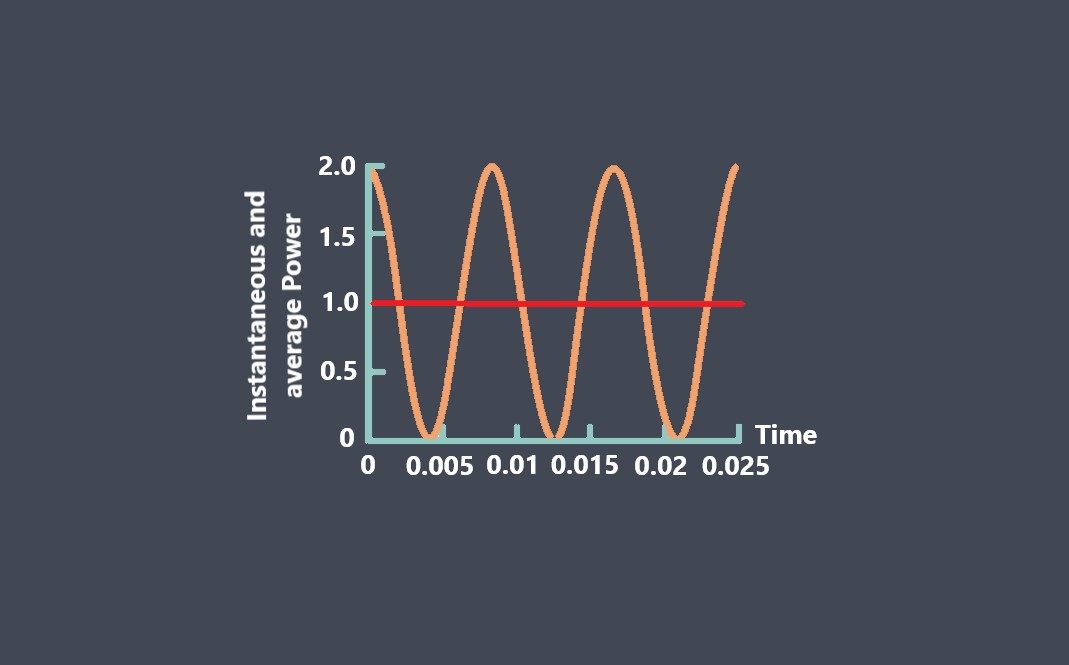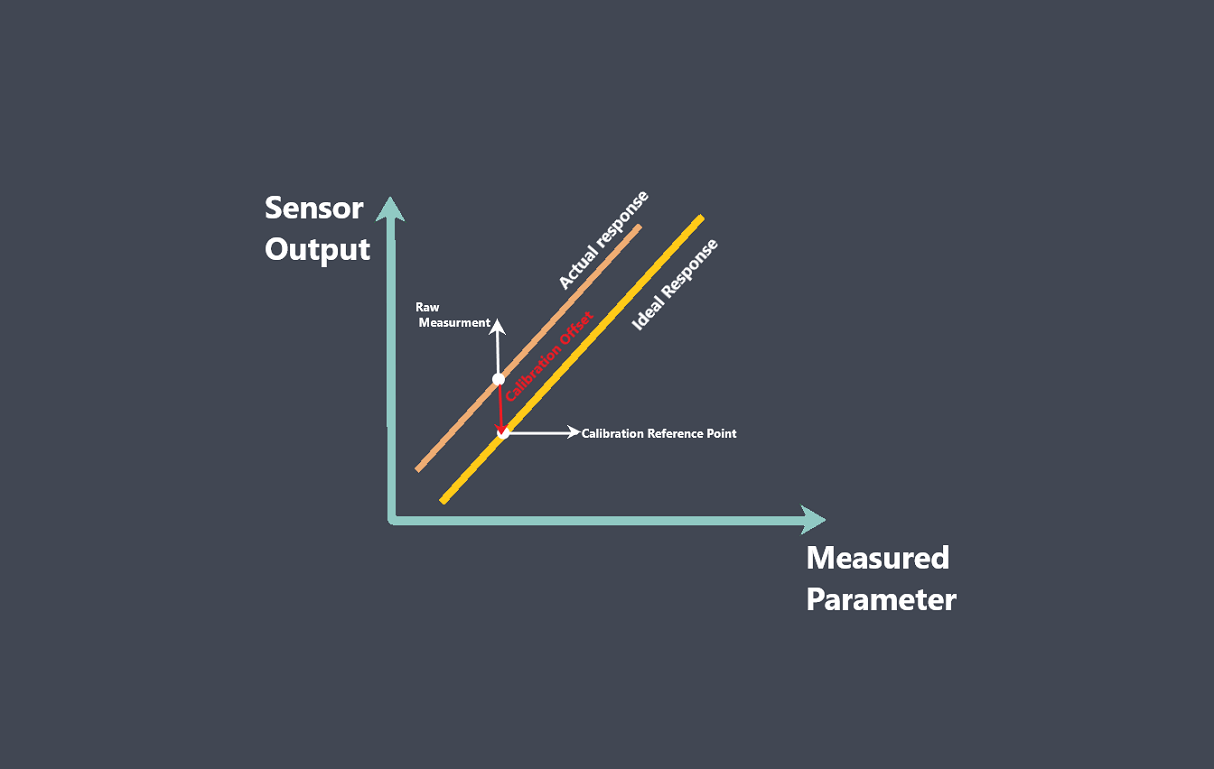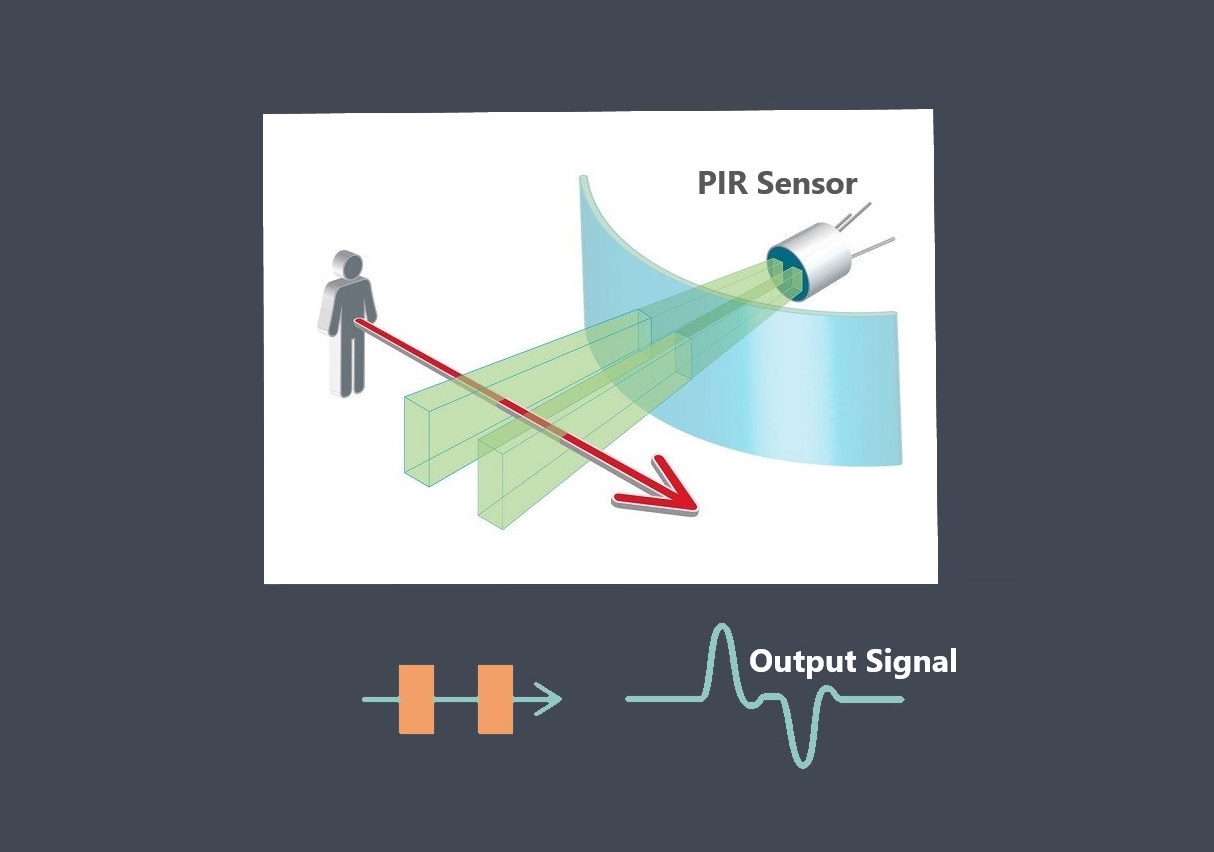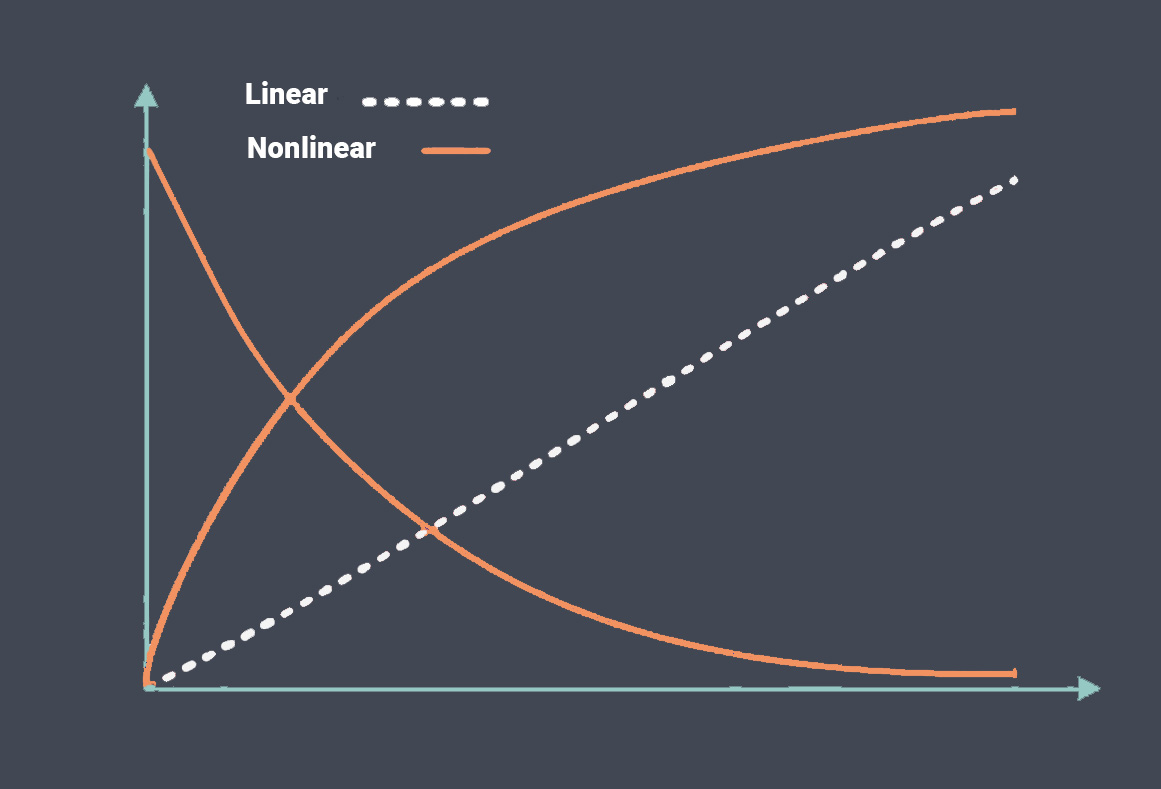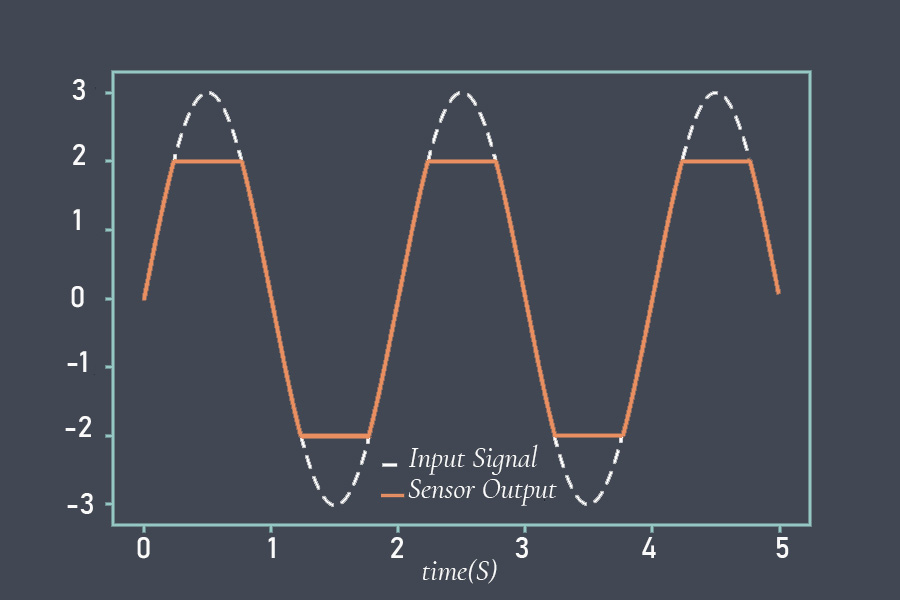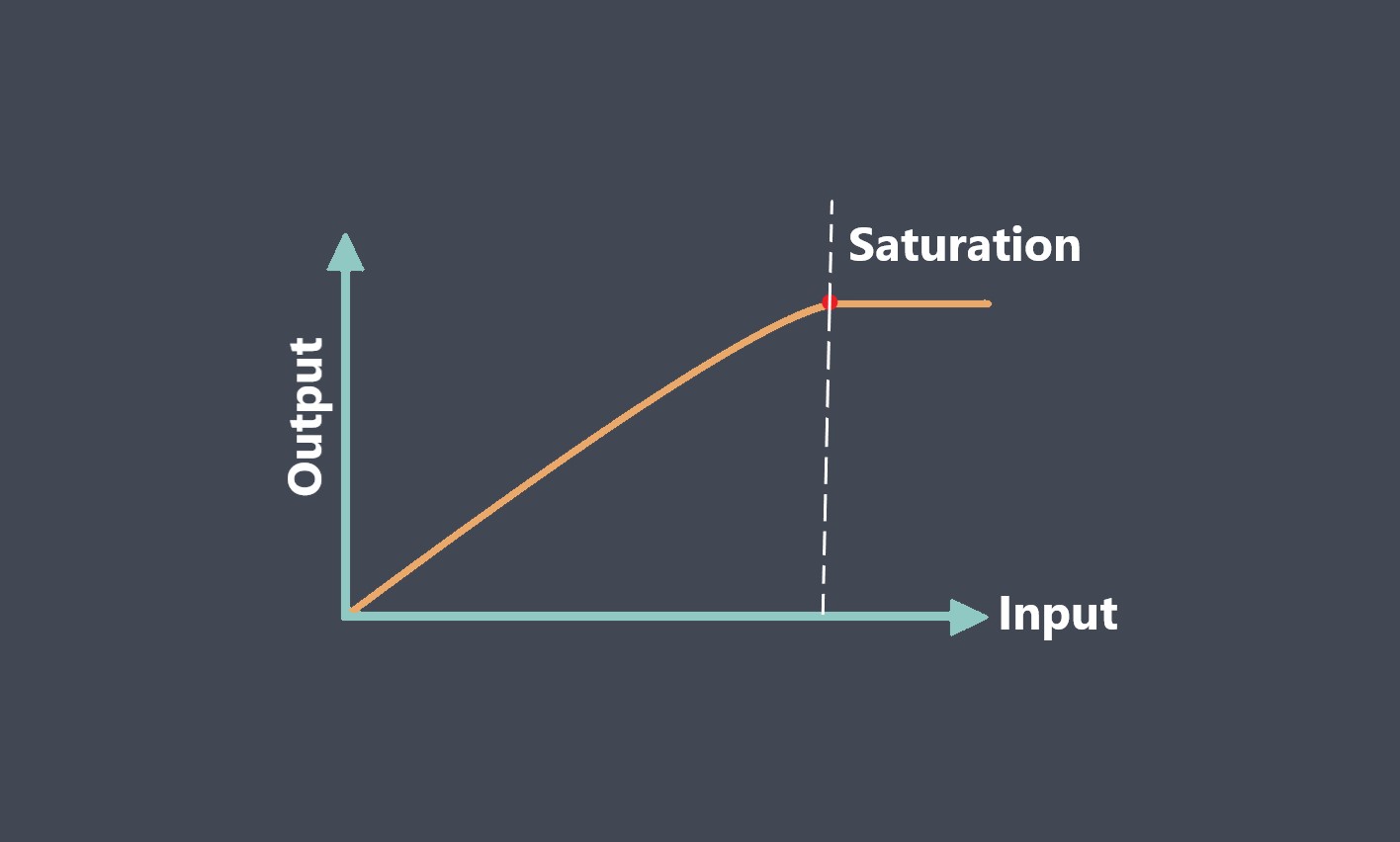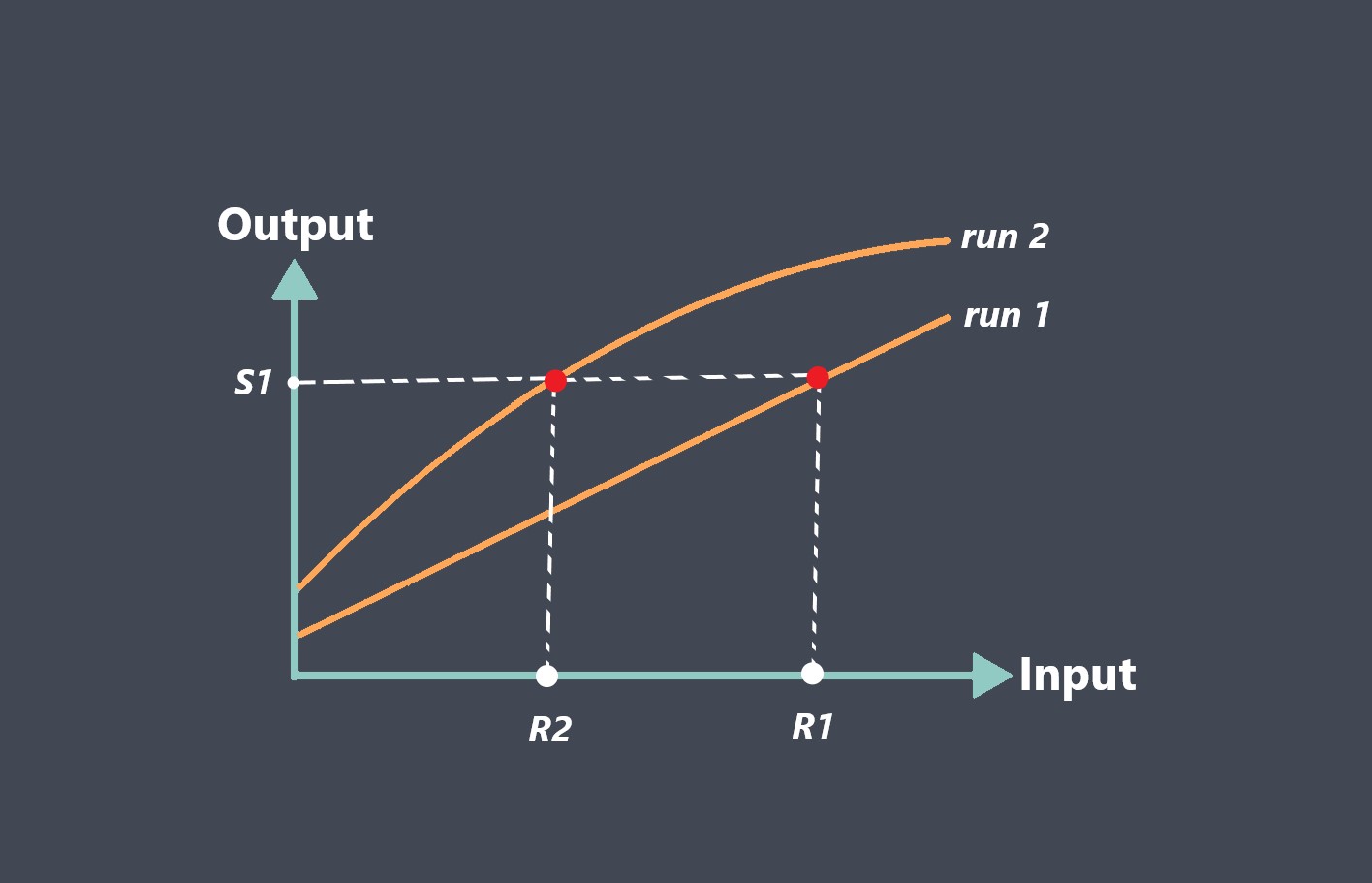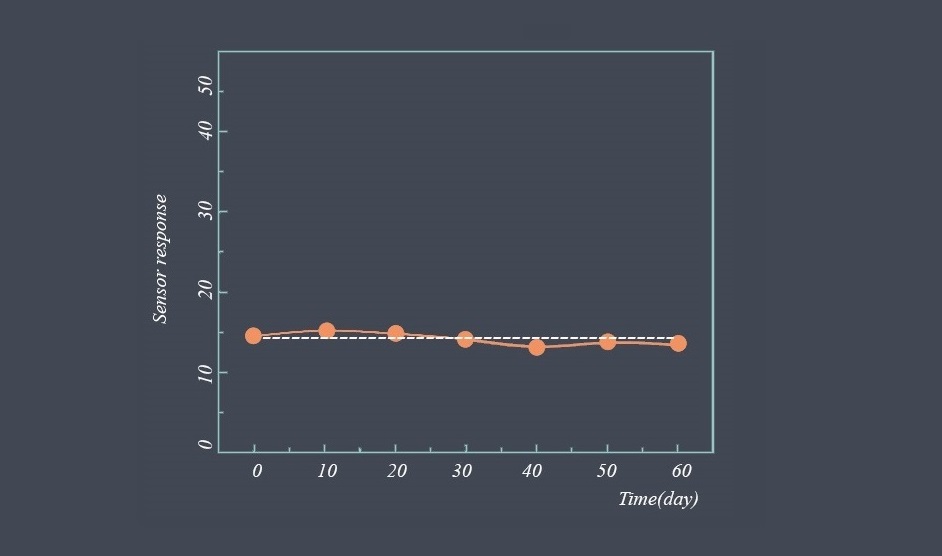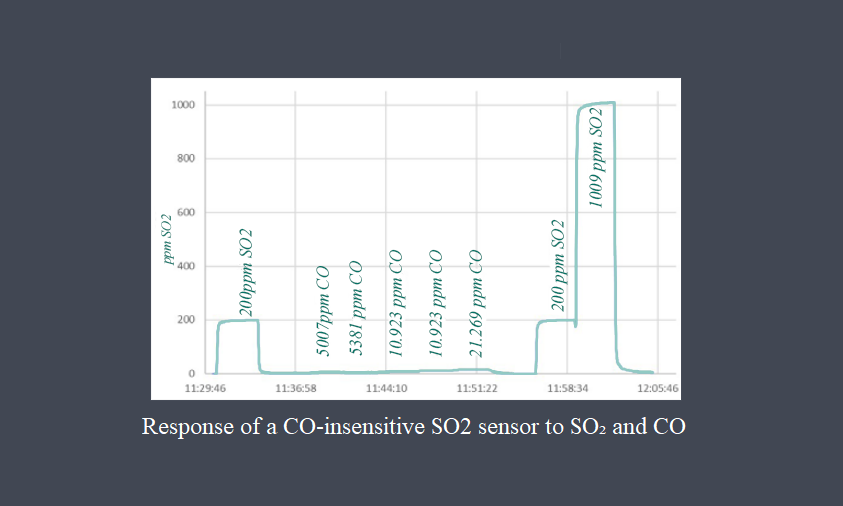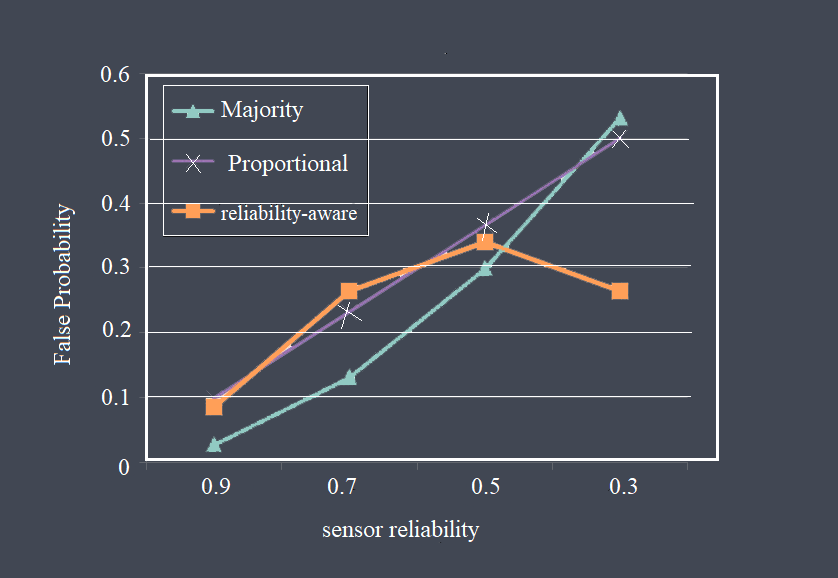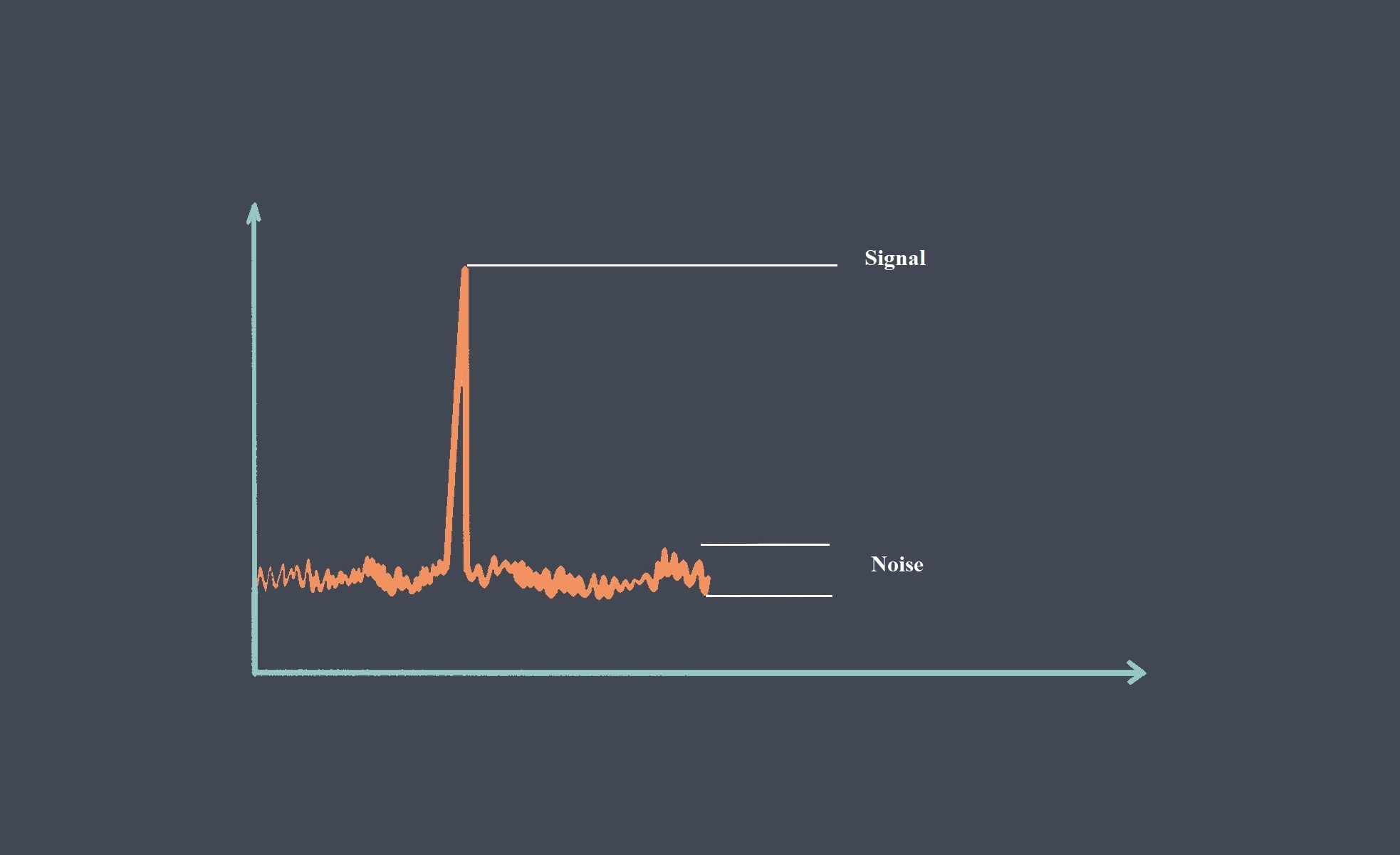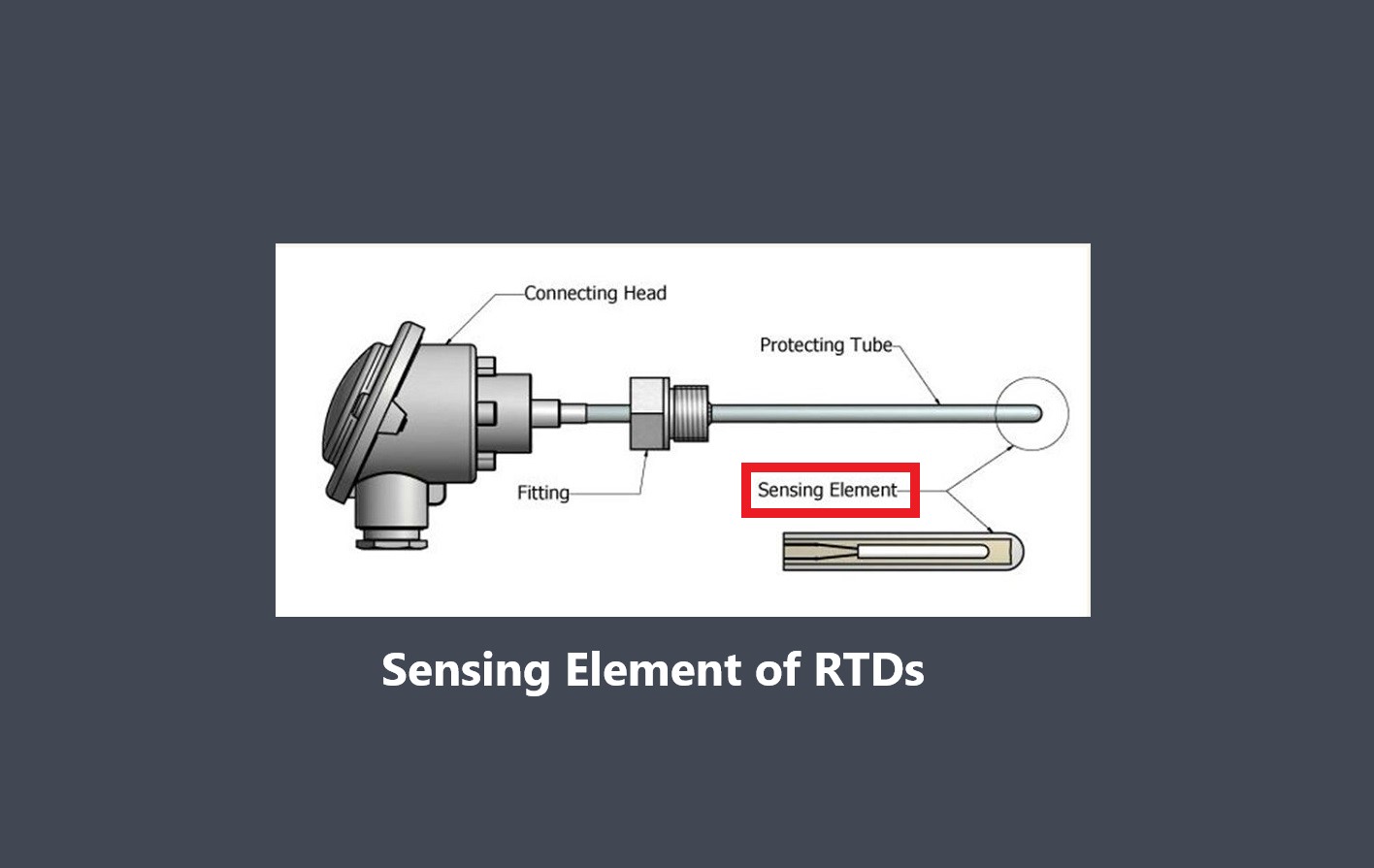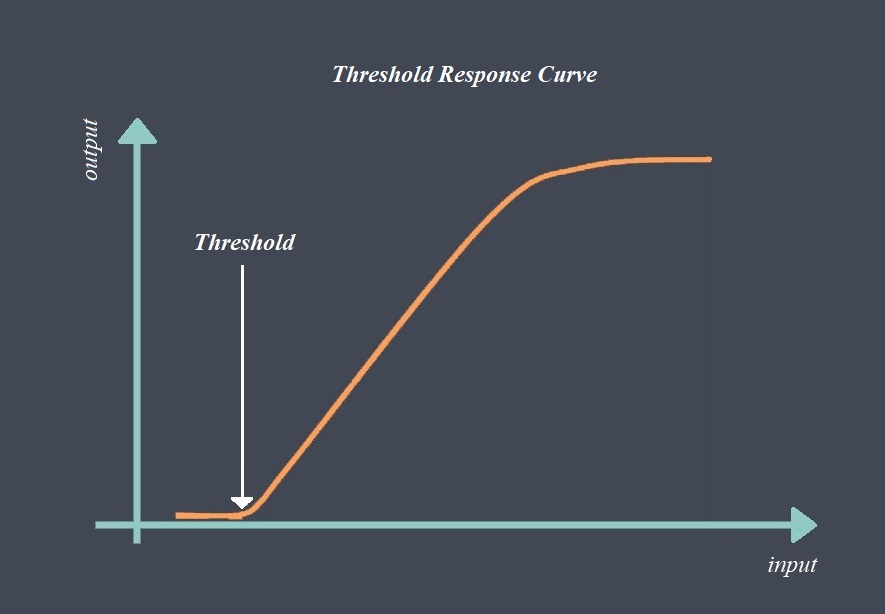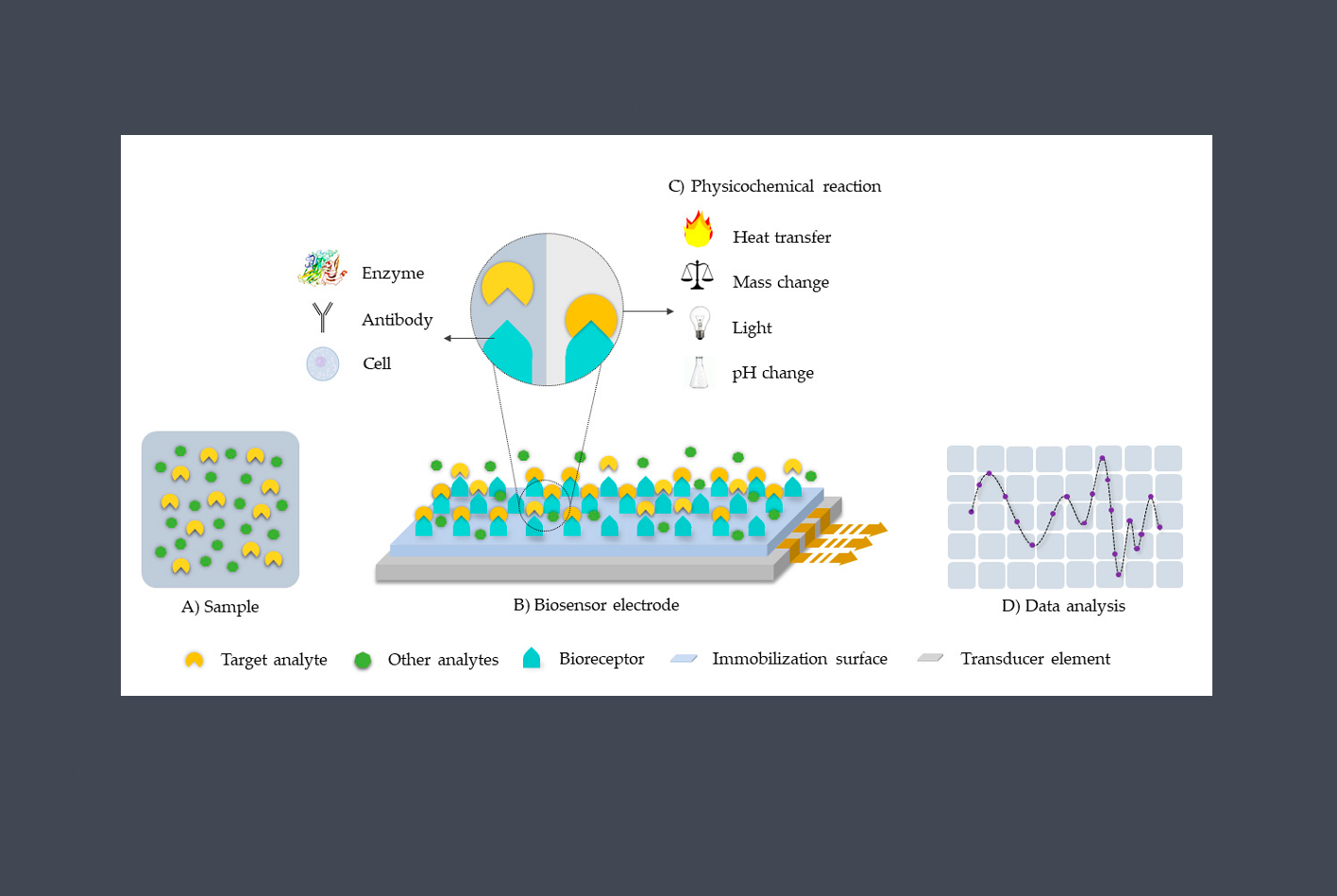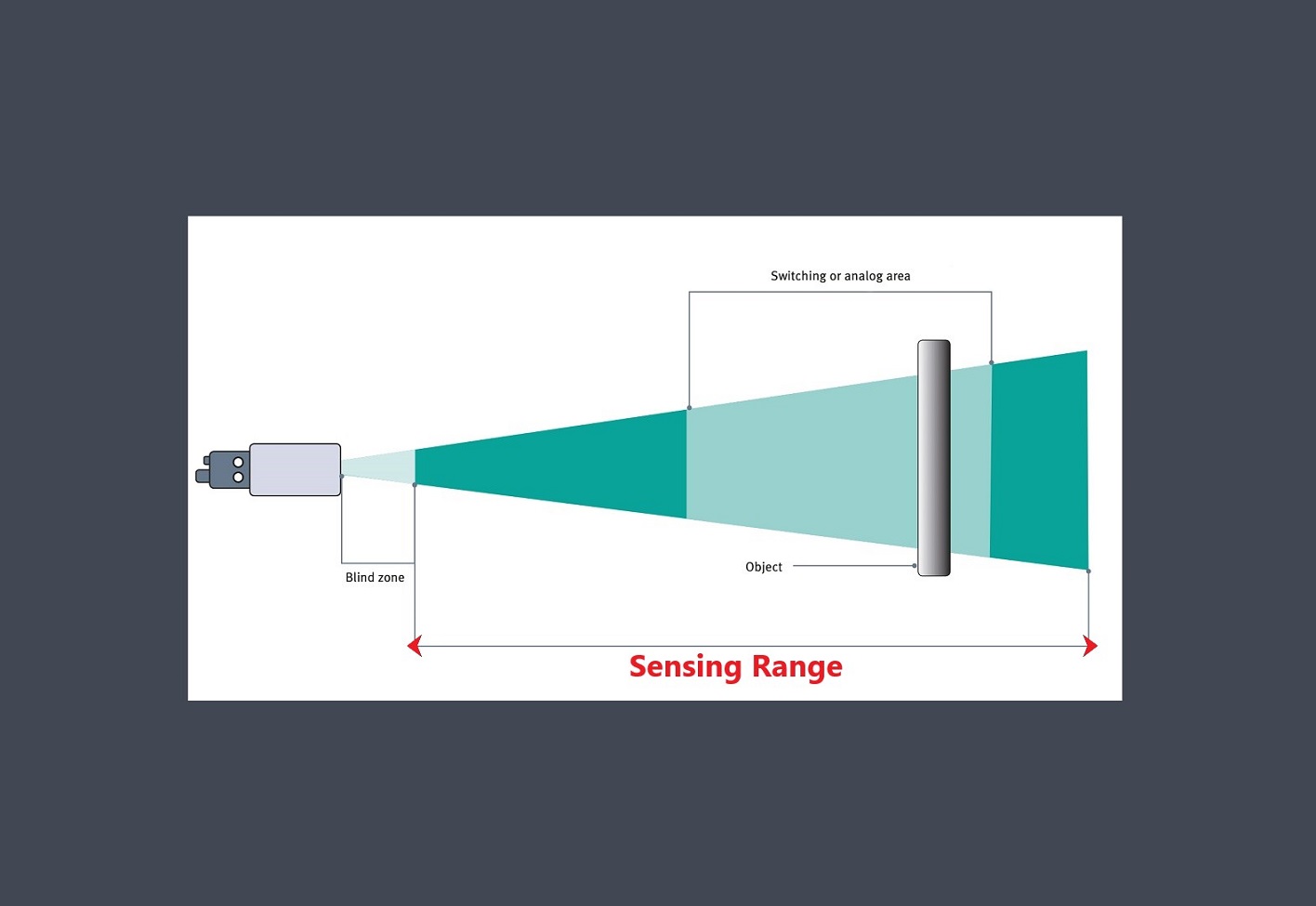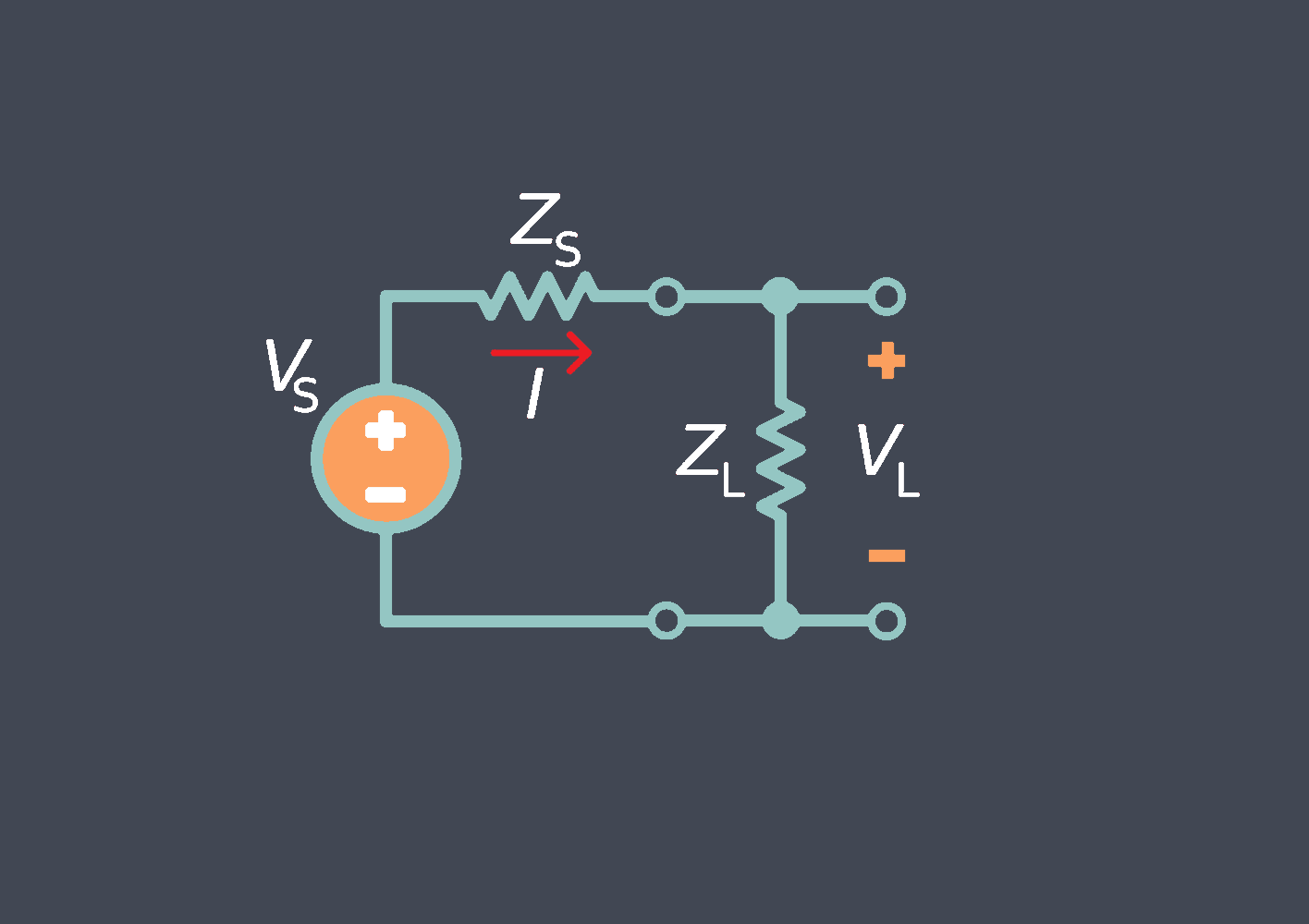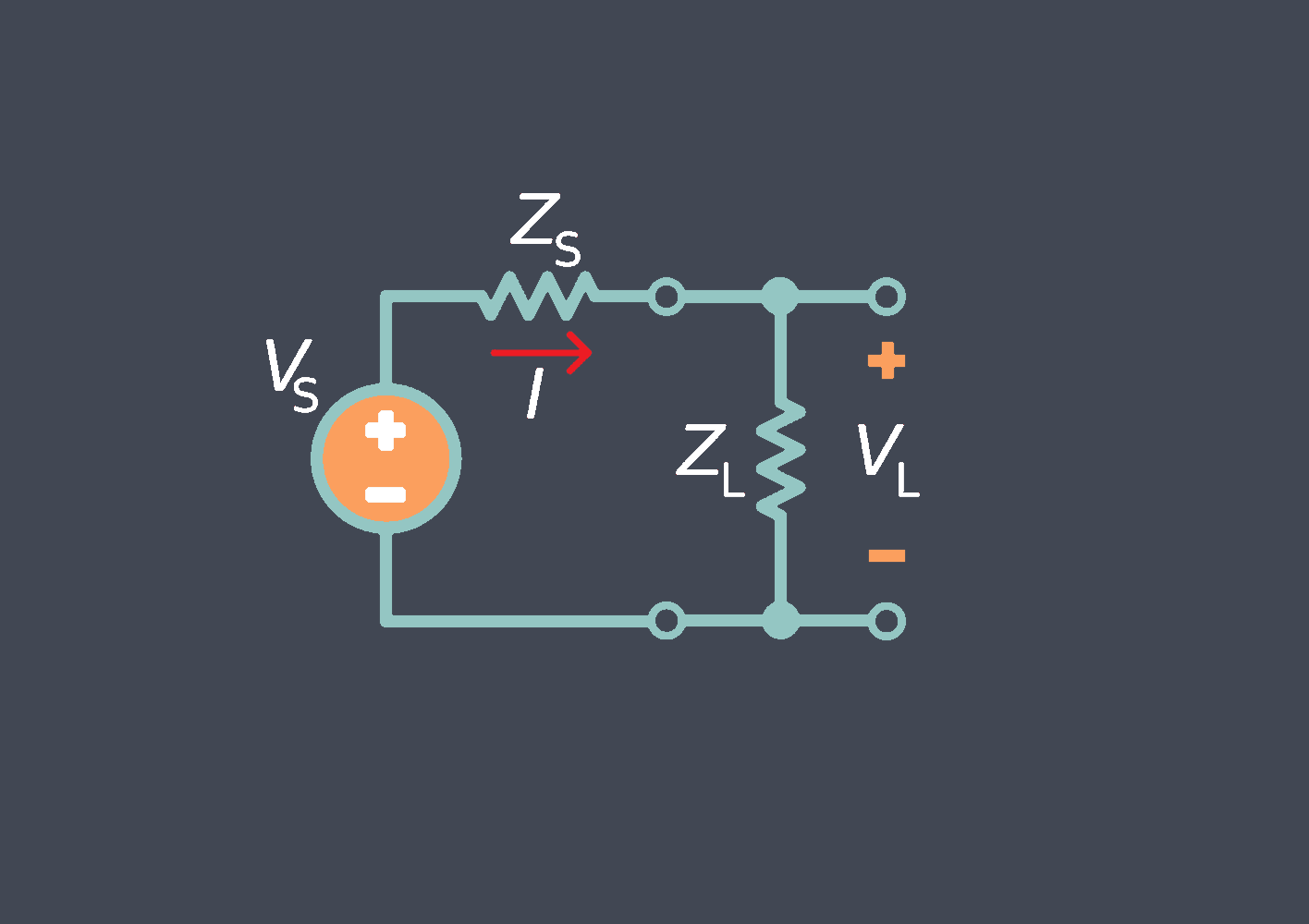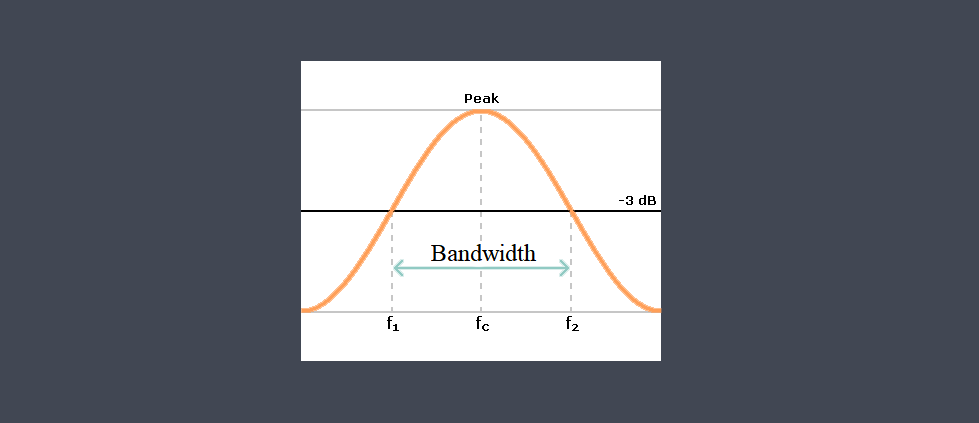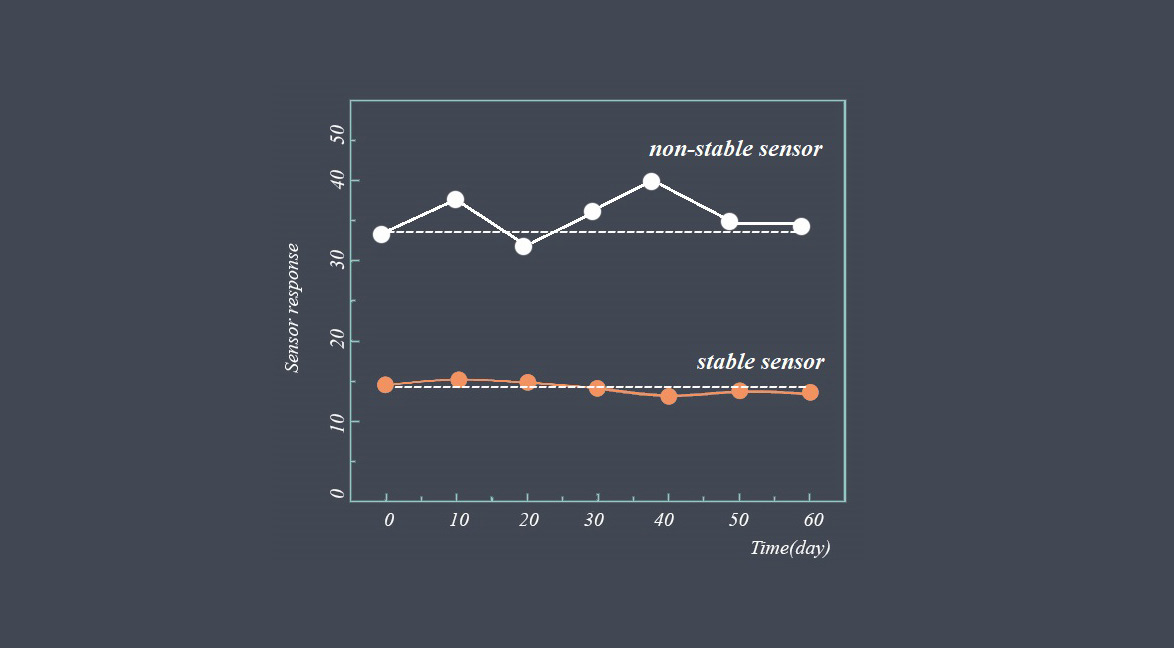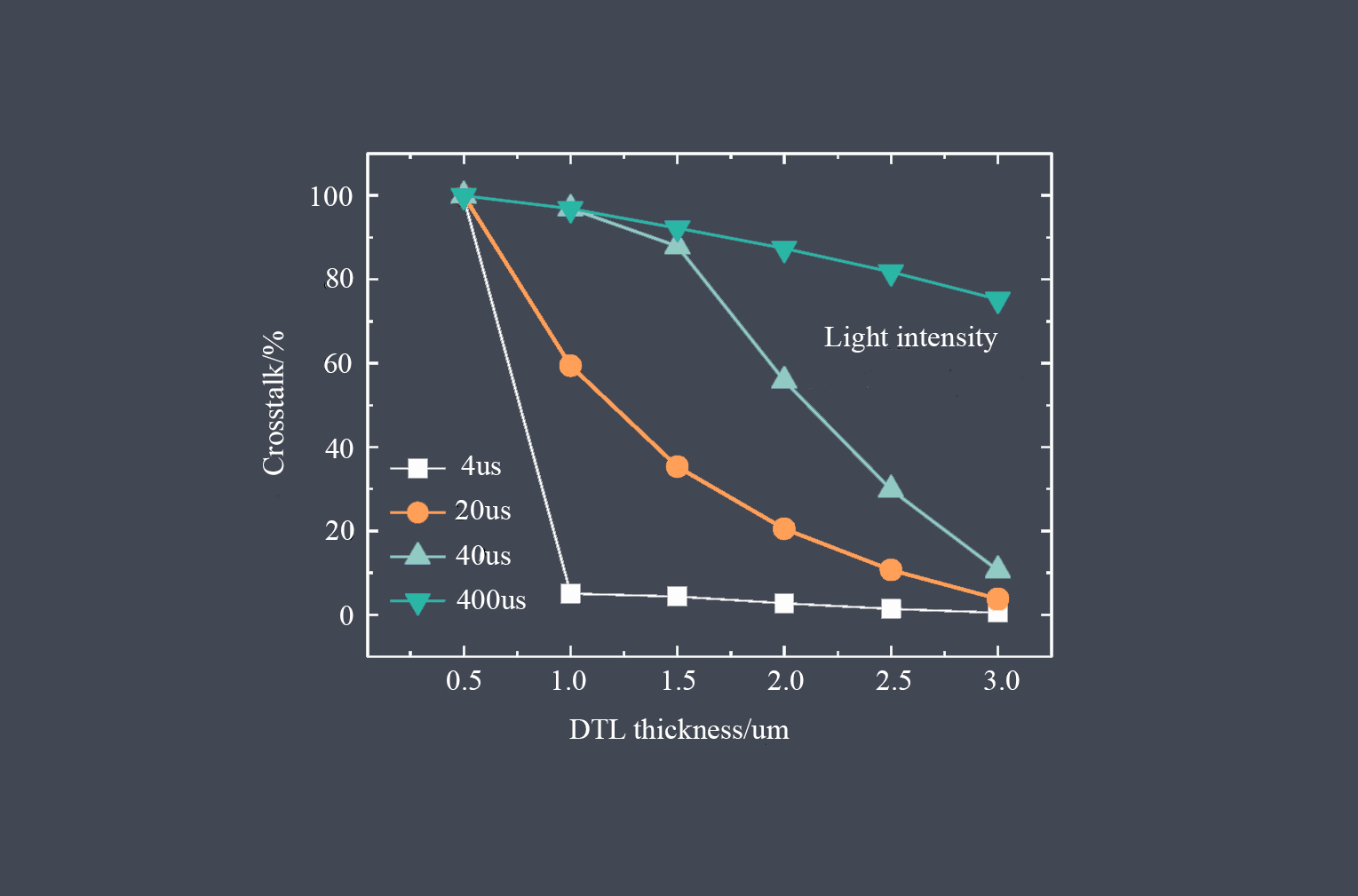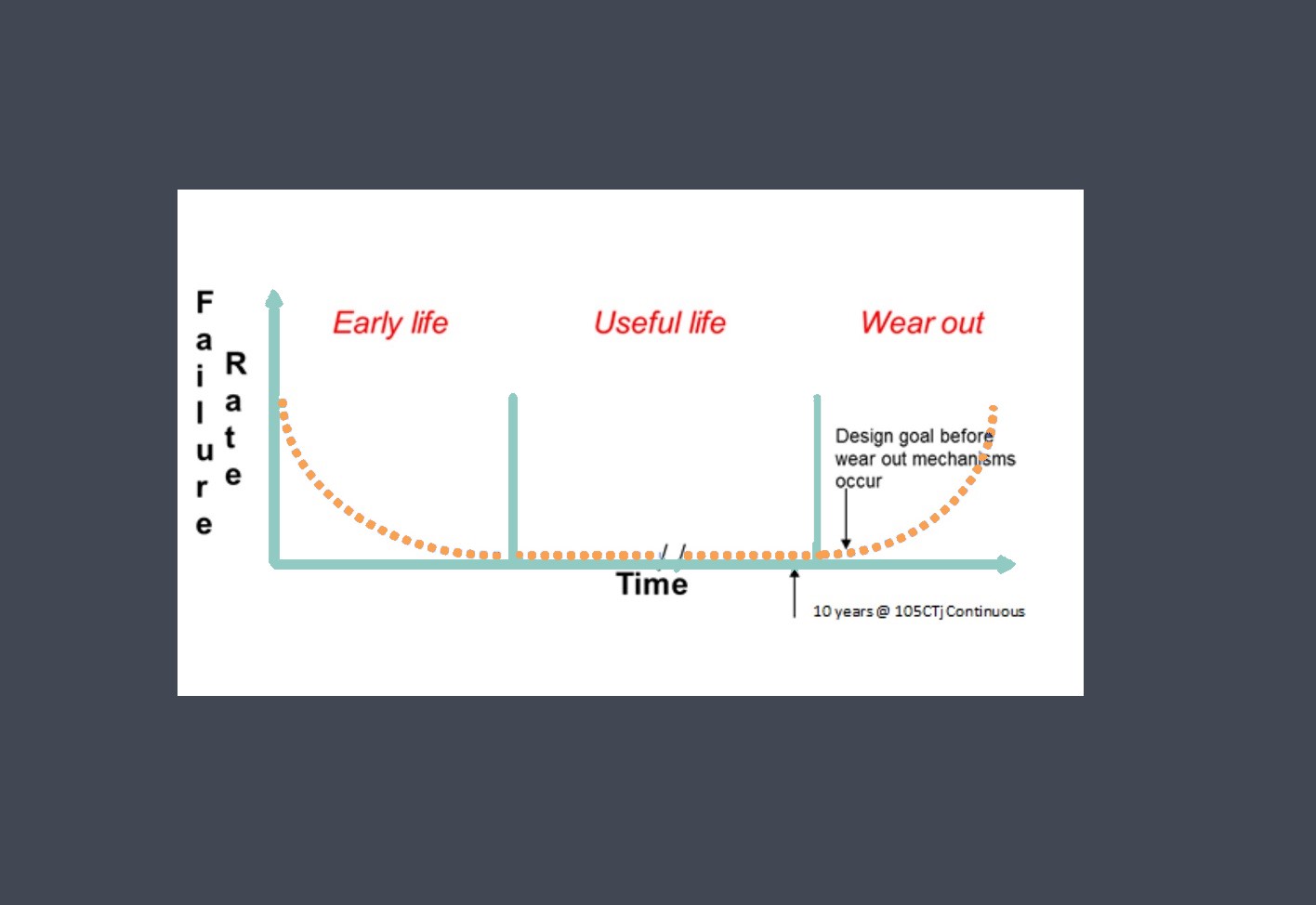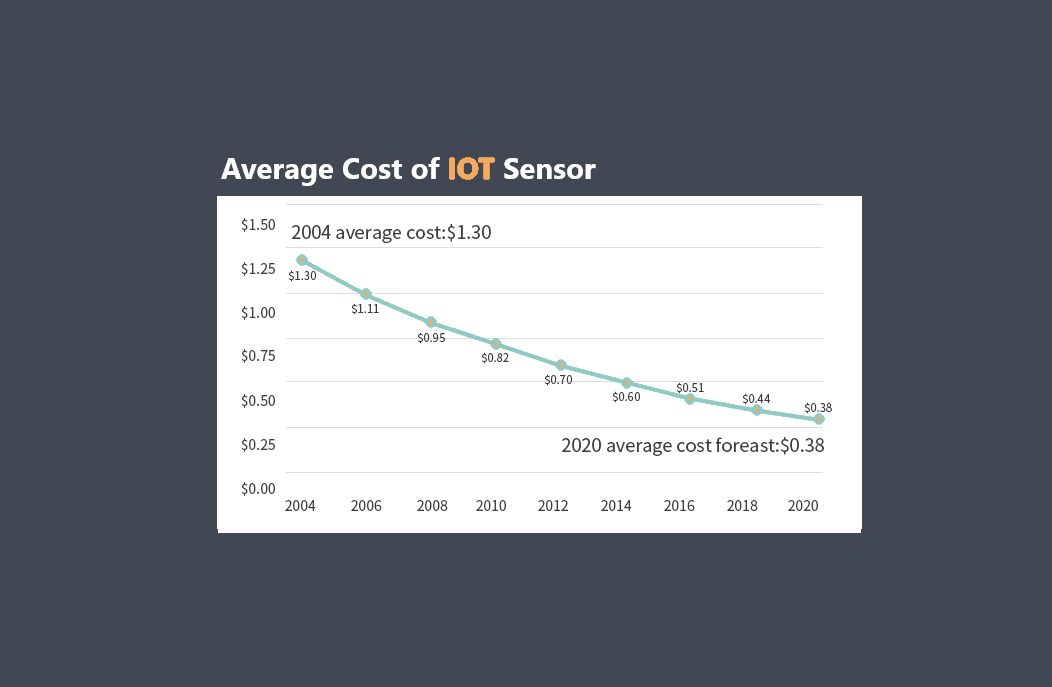
Noise is an inherent characteristic of sensors and refers to unwanted variations or fluctuations in the output signal that are not related to the input signal. It represents random or undesirable components that can interfere with the accuracy and reliability of sensor measurements. Understanding and managing noise is essential for obtaining precise and meaningful data from sensors.
Why is noise in sensor important?
Noise in sensors can have both positive and negative implications depending on the context. Here are a few reasons why noise in sensors is important:
Sensitivity
Noise in a sensor can indicate its sensitivity to small variations in the measured signal. In some applications, such as scientific experiments or medical diagnostics, the ability to detect minute changes or low-level signals is crucial. Noise allows the sensor to capture these subtle variations that may carry important information.
Dynamic Range
Noise affects the dynamic range of a sensor, which is the range of signal amplitudes it can accurately measure. The presence of noise sets the lower limit for detectable signals. A sensor with extremely low noise may be able to capture very weak signals, expanding its dynamic range and making it suitable for a wider range of applications.
Signal-to-Noise Ratio (SNR)
SNR is a measure of how much desired signal power is present compared to unwanted noise power. A higher SNR indicates a more reliable and accurate measurement. By understanding the noise characteristics of a sensor, engineers can design systems to optimize the SNR and enhance the overall quality of the measured data.
Calibration and Accuracy
Noise plays a role in calibrating sensors. It helps determine the baseline or zero level of the sensor’s output in the absence of the measured signal. By analyzing the noise characteristics, engineers can establish calibration procedures and ensure accurate measurements.
Error Analysis
Noise analysis is essential for error estimation and uncertainty calculations. Noise contributes to the random error component in measurements. Understanding the nature and magnitude of noise allows for a better assessment of measurement uncertainties and aids in statistical analysis.
However, it’s worth noting that excessive noise can also be undesirable. High levels of noise can degrade the accuracy, precision, and reliability of a sensor. Thus, engineers strive to strike a balance by minimizing noise while maintaining adequate sensitivity and dynamic range for the desired application.
The sources of noise in sensor signals
Noise in sensor signals can arise from various sources, including electronic components, environmental factors, and inherent limitations in the sensor’s design. Common sources of noise include thermal noise, electromagnetic interference, shot noise, and environmental noise.
Thermal Noise: Also known as Johnson-Nyquist noise or white noise, thermal noise is caused by random fluctuations in the electrical current within a sensor due to thermal energy. In fact Johnson-Nyquist noise, is a type of electronic noise that arises from the random motion of electrons in a conductor at non-zero temperature. It is present in all electronic circuits and increases with temperature and can limit the performance of electronic devices.
2. Flicker noise : Flicker noise, also known as 1/f noise or pink noise, is a low-frequency noise that is often observed in electronic devices, including sensors. Unlike white noise, which has a flat power spectral density across all frequencies, flicker noise has a power spectral density that decreases as the frequency increases. This means that flicker noise is most

prominent at low frequencies and decreases as the frequency increases. Flicker noise is caused by a variety of mechanisms, including the random motion of charges and traps in the semiconductor material, as well as fluctuations in the number of charge carriers in the device. These mechanisms are typically related to the physical properties of the device and can vary depending on the specific type of sensor technology.
3. Electromagnetic interference (EMI): This noise results from external electromagnetic fields affecting the sensor’s output.
4. Shot noise : This is caused by the discrete nature of electrical charges flowing through a circuit.
5. Environmental noise : it can be introduced by factors such as vibrations, temperature fluctuations, or electromagnetic radiation.
How to reduce the effects of noise in sensor measurements?
Several techniques are employed to mitigate the effects of noise in sensor measurements. Here are a few commonly used methods:
Signal Averaging
Taking multiple measurements and averaging them helps reduce random noise. Since noise is generally uncorrelated, averaging can effectively cancel out its effects.
Filtering
Apply signal filters to remove unwanted frequencies from the sensor data. Low-pass filters can attenuate high-frequency noise, while bandpass filters can isolate specific frequency ranges of interest.
Shielding and Grounding
Shielding the sensor from electromagnetic interference (EMI) sources and ensuring proper grounding can reduce noise induced by external factors. Encasing the sensor in a Faraday cage or using shielded cables can help minimize EMI.
Calibration
Regular calibration of the sensor can account for systematic errors and drifts over time. By comparing the sensor readings against known references, you can apply correction factors to improve the accuracy of measurements.
Oversampling and Averaging
Increasing the sample rate by oversampling the sensor output and then averaging multiple samples can help mitigate quantization noise, especially in analog-to-digital conversion processes.
Noise Reduction Techniques
Various digital signal processing techniques, such as adaptive filtering, wavelet denoising, or Fourier analysis, can be applied to reduce noise in sensor measurements.
Environmental Control
Minimize environmental factors that could introduce noise, such as temperature fluctuations, vibrations, or electromagnetic fields. Provide stable and controlled conditions for accurate measurements.
Sensor Placement and Orientation
Optimize the positioning and orientation of sensors to maximize their sensitivity to the desired signal and minimize interference from noise sources.
It’s important to note that the most suitable noise reduction technique depends on the specific characteristics of the sensor, the noise source, and the measurement requirements. Experimentation, analysis, and understanding the nature of the noise will help determine the best approach for your particular situation.
And finally we have to say that the level of acceptable noise depends on the specific application and the required precision of the measurements. In some cases, low noise levels are crucial, while in others, noise may be tolerable within certain limits. Understanding the noise characteristics of a sensor, including its spectral distribution and magnitude, is crucial for selecting an appropriate sensor for a given application and optimizing measurement.

